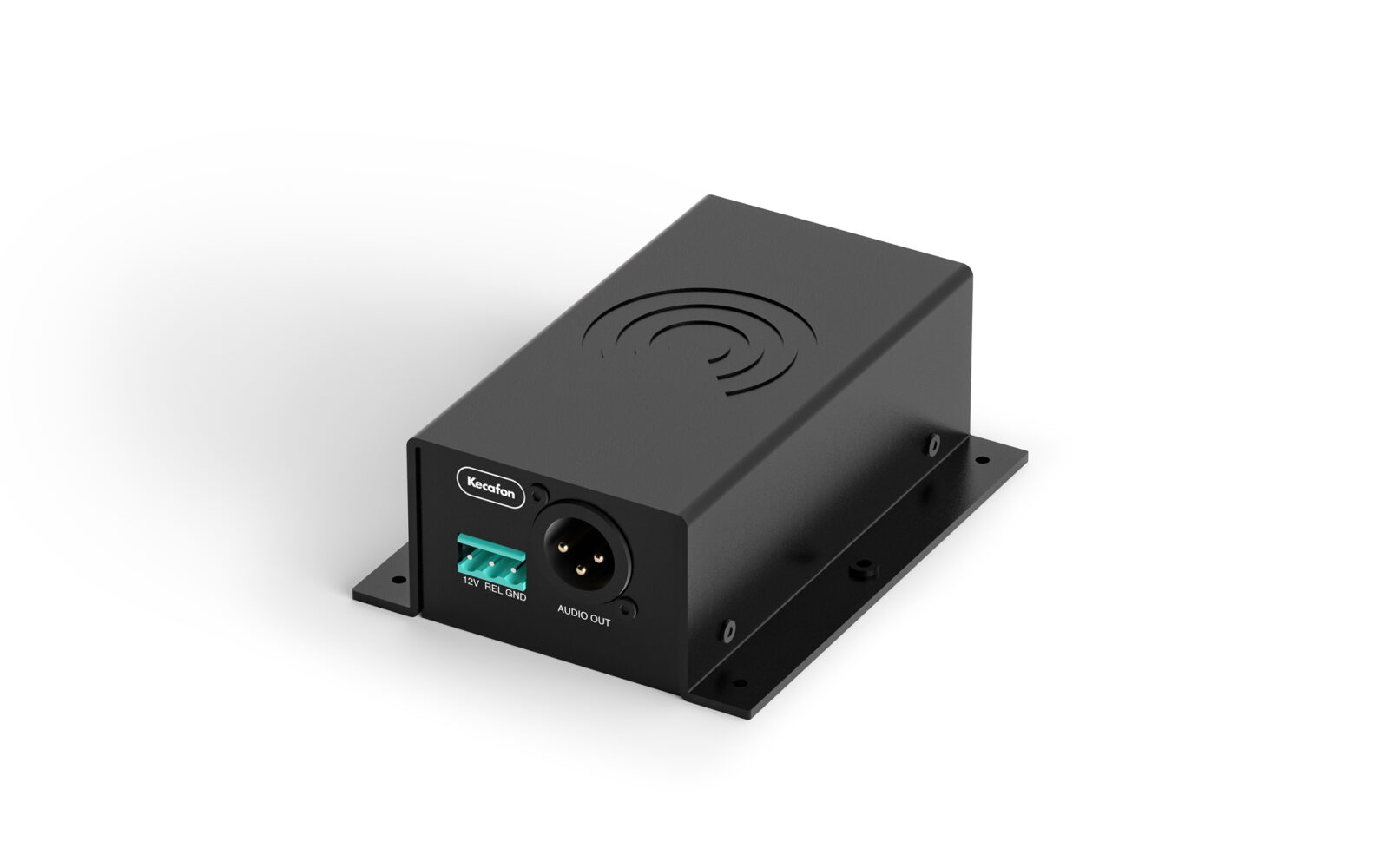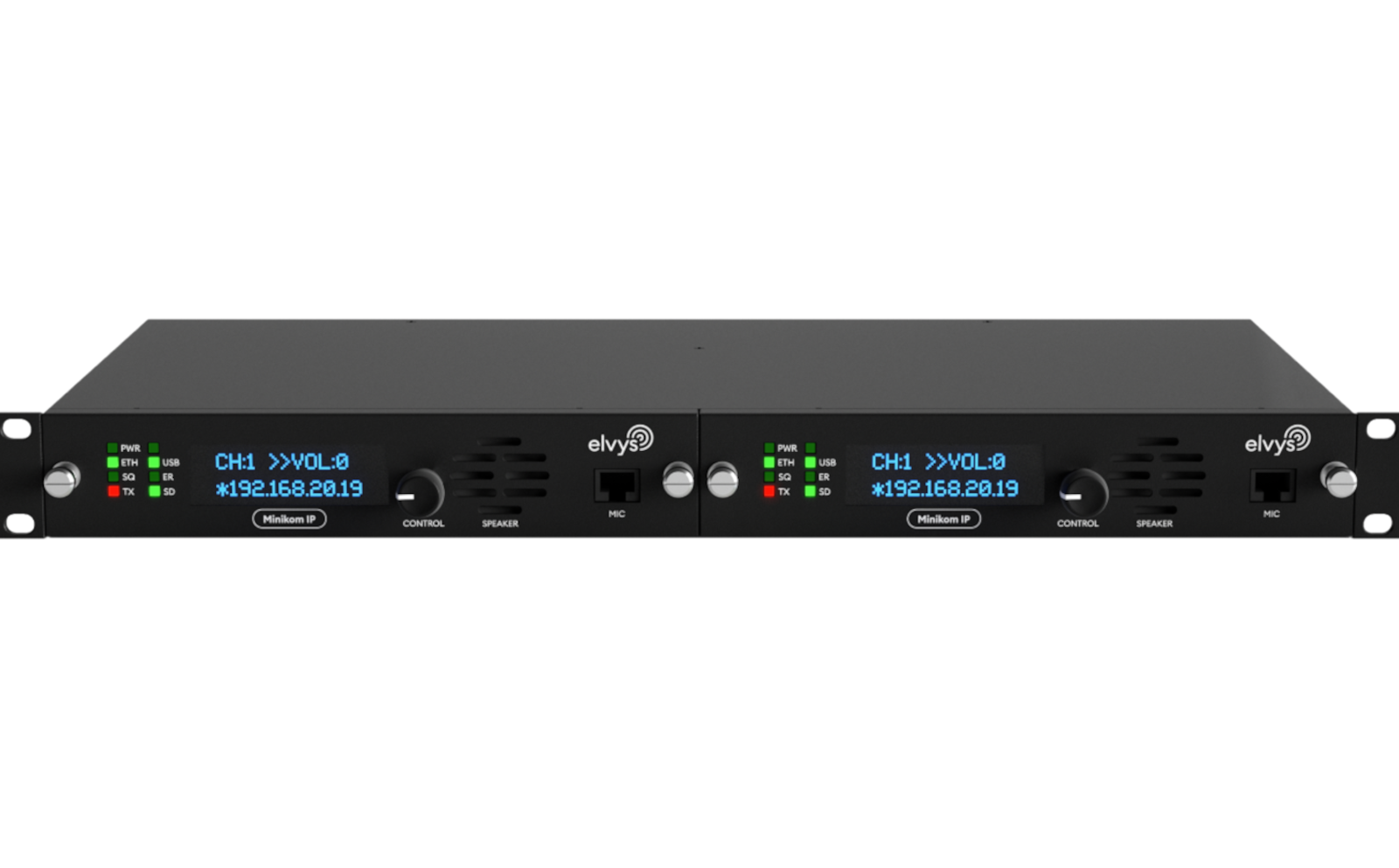Hardware
Minikom IP controller is manufactured in the form of modules installed in a 19” cassette of 1U height. One cassette accommodates 2 Minikom IP controllers.
HOT SWAP technology and the separation of the connection connectors from the printed circuit allows the replacement of a damaged component without the need to disconnect the connection cables or disconnect the power source. This superbly simplifies maintenance work.
Local operation
The controller is equipped with an LCD display, LEDs indicating its status, an internal speaker and a universal control knob. These front-panel elements allow quick diagnostics of the current status and signal possible errors in the operation of the controller and the control network. Using the control knob, quick configuration is possible without the need for an external computer.
If necessary, an external microphone can be connected, and with the use of the built-in speaker it is possible to actively conduct correspondence in the radio network with the possibility of changing the channel, talk group, volume, etc. In service mode, voice communication is possible between the controller and the dispatching station via IP network.










